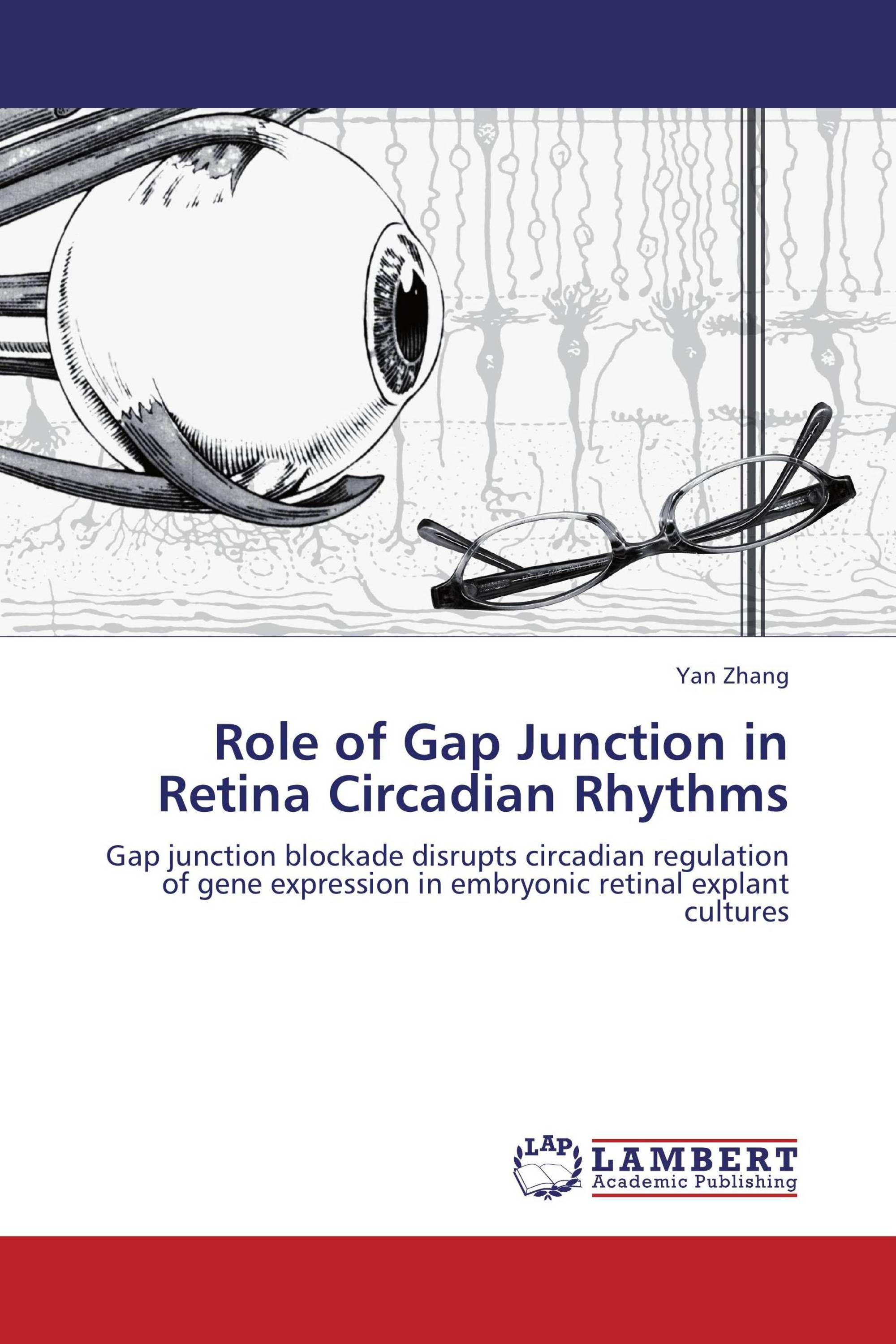Role of Gap Junction in Retina Circadian Rhythms
Gap junction blockade disrupts circadian regulation of gene expression in embryonic retinal explant cultures
LAP Lambert Academic Publishing ( 2012-01-06 )
€ 49,00
The hypothesis was gap junction communication also plays a role in coordinating transcript rhythms of the circadian-regulated genes in chicken retina. To test this hypothesis, a chicken embryonic retinal explant culture was established. The robust, self-sustaining, and light-entrainable iodopsin and Arylalkylamine N-acetyltransferase (AANAT) mRNA rhythms were observed under different lighting conditions. This observation supports use of the explant cultures to test effects of gap junction blockers on gene expression rhythms in retina. The two reversible gap junction blockers, 18-alpha–glycyrrhetnic acid-3-hemisuccinate and 18-beta–glycyrrhetnic acid, were applied to the explant cultures. Both blockers produced a rapid and persistent reduction in iodopsin and AANAT mRNA levels. Upon removal of the blockers, the transcript rhythms of both genes reappeared within a 24 hrs. These data suggest that the change in iodopsin mRNA levels was not due to disruption of function or phase of the circadian oscillators driving the transcript rhythms. The blockers may either uncouple the circadian oscillators and the transcription of these two genes or alter stability of both transcripts.
Book Details: |
|
|
ISBN-13: |
978-3-8473-3170-4 |
|
ISBN-10: |
3847331701 |
|
EAN: |
9783847331704 |
|
Book language: |
English |
|
By (author) : |
Yan Zhang |
|
Number of pages: |
92 |
|
Published on: |
2012-01-06 |
|
Category: |
Biology |




